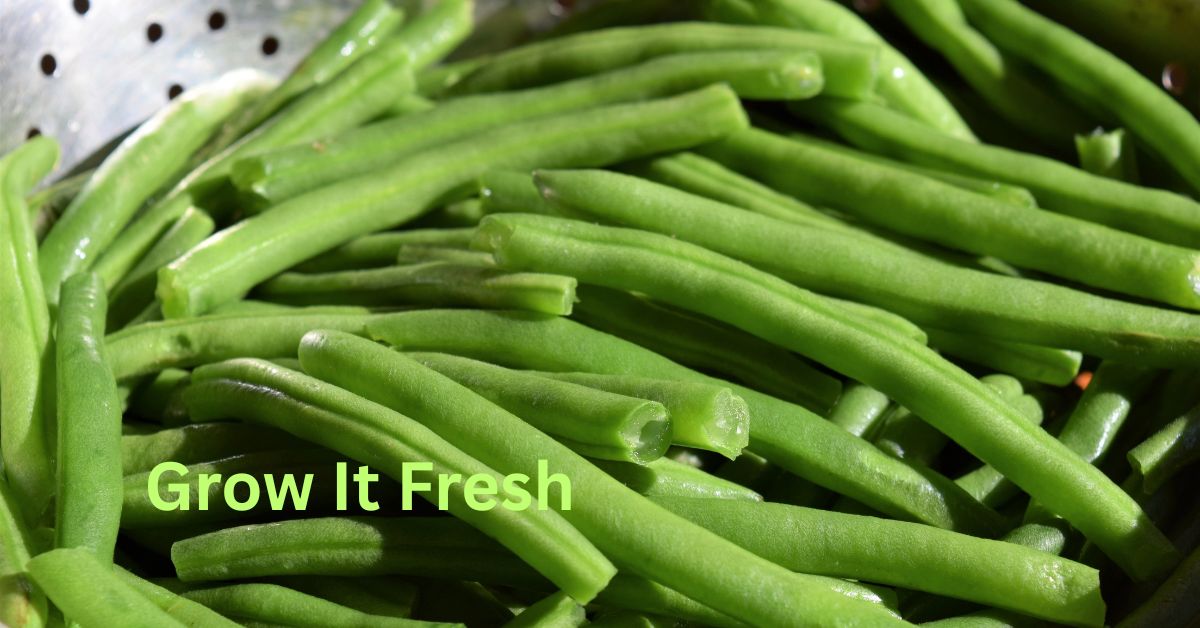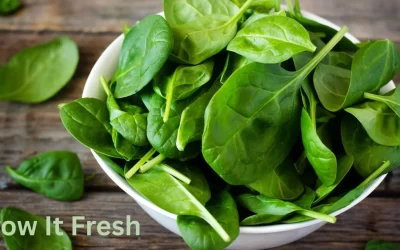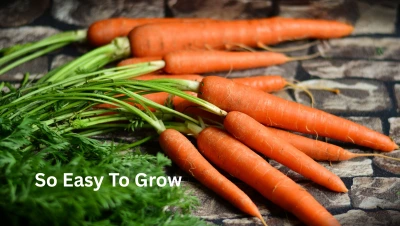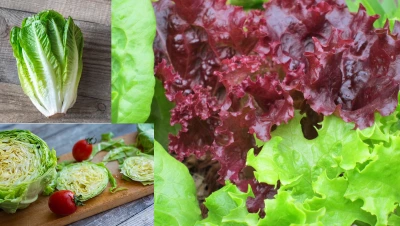Planting green beans, also known as string beans or snap beans, which are one of the most popular and easiest vegetables to grow in a home garden. With a little planning, these crunchy, nutrient-rich legumes can provide a bountiful harvest all summer long. Whether you prefer bush beans or pole beans, green beans grow fast, require minimal care, and thrive in a variety of climates. Here’s everything you need to know about growing green beans successfully.
Table of Contents
Choosing the Right Type of Green Beans
There are two main types of green beans: bush beans and pole beans. Bush beans grow in compact, bushy plants that reach about 1 to 2 feet tall and are ideal for small spaces or container gardens. They tend to mature faster, typically producing beans in about 50 to 60 days.
Pole beans, on the other hand, grow as climbing vines that need support from a trellis, fence, or poles. These take a bit longer to mature—usually 60 to 70 days—but often produce more beans over a longer period.
Your choice depends on space, available support, and how frequently you want to harvest.
Planting Green Beans

Green beans thrive in warm weather and are sensitive to frost. Wait until after the last frost date in your area and the soil temperature is at least 60°F (16°C) before planting.
Choose a sunny location with well-drained, loamy soil. Beans prefer soil with a pH between 6.0 and 6.8. Avoid overly rich soil or high-nitrogen fertilizers, as these can cause lush leaf growth at the expense of bean production.
Planting green beans by direct sowing is recommended. Plant bush bean seeds 1 inch deep and 2–4 inches apart in rows spaced 18–24 inches apart. For pole beans, plant seeds 1 inch deep around the base of a trellis or pole, with 3–4 seeds per pole spaced about 6 inches apart.
Caring for Green Beans
After planting green beans they become relatively low-maintenance, but they benefit from regular attention:
- Watering: Keep the soil evenly moist, especially during flowering and pod development. Avoid overhead watering to reduce the risk of disease. Aim for about 1 inch of water per week.
- Mulching: Apply mulch around the plants to retain moisture, suppress weeds, and keep the soil warm.
- Support for Pole Beans: Make sure your trellis or stakes are sturdy and at least 5–6 feet tall. Train the vines to climb as they grow.
- Weeding: Planting green beans will require some weeding to prevent competition for space and nutrients. I would recommend hand-weeding carefully around the shallow roots of bean plants to avoid disturbing them.
Common Problems
When planting green beans, they can be affected by several pests and diseases:
- Pests: Watch for aphids, bean beetles, and spider mites. Insecticidal soap or neem oil can help manage infestations.
- Diseases: Fungal infections like rust or powdery mildew can occur in humid conditions. Ensure good air circulation and avoid wetting foliage.
- Poor Pod Production: Excess nitrogen or inconsistent watering can lead to poor yields. Ensure balanced soil and water regularly.
Harvesting Green Beans
Green beans are ready to harvest when they are firm, crisp, and about the diameter of a pencil. Harvest frequently—every 2 to 3 days—to encourage continued production. Don’t let the pods get too large or bulging, as they become tough and stringy.
Pick beans carefully by hand to avoid damaging the plant. Use two hands: one to hold the stem and the other to gently snap off the bean.
Final Tips
- Succession planting green beans every two to three weeks can provide a steady supply of beans throughout the season.
- Rotate crops each year to prevent soil-borne diseases and maintain soil health.
- Store harvested beans in a refrigerator for up to a week or blanch and freeze them for long-term storage.
With a bit of care, green beans can be one of the most rewarding and productive crops in your garden. Their fast growth and generous yields make them perfect for beginner gardeners and seasoned growers alike.





0 Comments